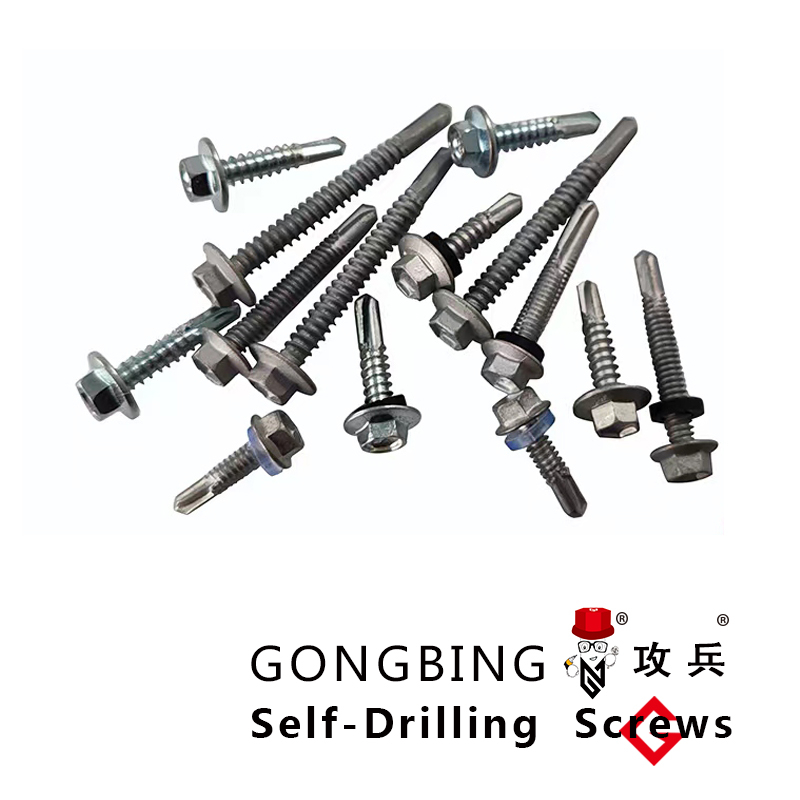washer head machine screws
Understanding Washer Head Machine Screws A Comprehensive Guide
Washer head machine screws are an essential component in many engineering and construction applications. They combine the features of machine screws with a built-in washer, providing an effective solution for securing materials while distributing the load over a larger area. This unique design offers several advantages, making washer head machine screws a popular choice across various industries, including automotive, aerospace, and manufacturing.
What Are Washer Head Machine Screws?
Washer head machine screws are characterized by their distinctive head design that includes a flat washer-like section. This head provides a larger bearing surface that helps mitigate the risk of damage to the material being fastened. Much like traditional machine screws, they are available in various sizes, materials, and thread types, which enables their use in a wide range of applications.
Advantages of Washer Head Machine Screws
One of the primary advantages of using washer head machine screws is their ability to distribute the load over a wider area. This minimizes the risk of crushing or deforming softer materials, such as plastic or wood. The larger surface area offered by the washer head reduces stress concentrations that could lead to material failure.
Another significant benefit is the improvement in assembling and disassembling. The larger head creates a more stable and secure grip for tools, which is crucial in high-torque applications. This feature ensures that the screws can be tightened securely without slipping, which is vital for maintaining the integrity of the joint.
Additionally, washer head machine screws are less likely to loosen over time due to vibration, thanks to the added friction provided by the larger head
. This quality is particularly beneficial in automotive and aerospace applications where vehicle components are subject to significant vibrations during operation.washer head machine screws

Material Choices
Washer head machine screws can be made from a variety of materials, including stainless steel, carbon steel, and brass. Each material offers distinct advantages tailored to specific applications. Stainless steel screws are renowned for their corrosion resistance, making them ideal for outdoor or marine environments. In contrast, carbon steel screws provide strength and durability, often used in industrial settings. Brass screws are commonly chosen for electrical applications due to their excellent conductivity.
Applications
The versatility of washer head machine screws allows them to be utilized across numerous applications. In construction, they are often used to secure structural components, such as beams and frames, while in automotive manufacturing, they help fasten various parts, including engine components and body panels. The aerospace industry also relies on washer head machine screws for critical applications, where safety and reliability are paramount.
Installation Considerations
When installing washer head machine screws, it is crucial to select the correct size and thread type for the application. Following the manufacturer's guidelines on torque specifications is essential to avoid over-tightening, which could lead to material failure. Furthermore, selecting the appropriate washer design for different materials can enhance the performance of these screws, ensuring long-lasting and reliable connections.
Conclusion
Washer head machine screws are a vital component in many applications requiring secure fastening solutions. Their unique design offers numerous benefits, including load distribution, stability during installation, and resistance to loosening over time. By understanding their features and applications, engineers and builders can make informed decisions, ensuring the integrity and safety of their projects. Whether it's in construction, automotive, or aerospace, washer head machine screws play a pivotal role in creating strong, durable, and reliable assemblies. As technology continues to advance, these screws will undoubtedly remain a staple in fastening solutions, adapting to meet the demands of modern engineering challenges.
-
Weatherproof Plastic Expansion Anchors for OutdoorNewsJun.06,2025
-
Sustainability in the Supply Chain: Eco-Friendly TEK Screws ProductionNewsJun.06,2025
-
Load-Bearing Capacity of External Insulation FixingsNewsJun.06,2025
-
Double Head Bolts: Enhancing Efficiency in Industrial MachineryNewsJun.06,2025
-
Corrosion Resistance in Chipboard Screws: Coatings for Wholesale DurabilityNewsJun.06,2025
-
Butterfly Toggle Bolts : Enhancing Structural ResilienceNewsJun.06,2025
